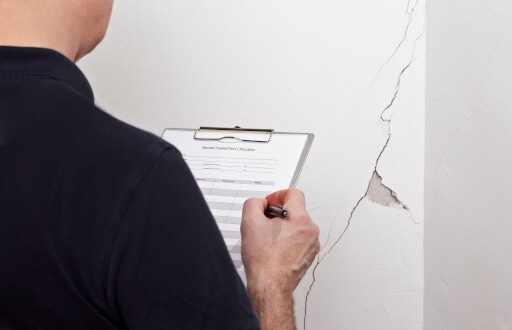One of the most difficult parts about managing a rental can be dealing with tenants. While most of your renters will probably make your job easy, you may find yourself stuck in a difficult situation, such as dealing with a tenant that won’t leave, also known as a holdover tenant. There are different ways to deal with a holdover tenant, but regardless of which approach you choose, it’s important to get your rental back to making money.
What Exactly Is a Holdover Tenant?
A holdover tenant is a renter who stays at a property past their lease expiration and without your explicit permission. Holdover tenancy is a bit of a grey area because it can refer to a tenant who remains at the property but doesn’t pay rent, which can result in an eviction. The term can also refer to a situation in which the tenant is paying rent, but their lease isn’t renewed.
Rent payments aside, holdover tenants can cause a few headaches for landlords. If the tenant remains on the property after their lease expires and you stop accepting rent payments, that tenant may no longer be liable for damages, leaving you on the hook for any mishaps that occur before the tenant leaves or is evicted. If you’re dealing with a holdover tenant, try to understand what put your renter in this situation. They might be having trouble finding a new rental that fits their budget, or maybe they’re dealing with a layoff or other income disruption and aren’t sure where to go. Try to resolve the situation before you move forward with an eviction.
How to Handle Holdover Tenants
There are two approaches you have when it comes to dealing with a holdover tenant: letting the tenant stay or evicting them.
Letting a holdover tenant stay
If you decide to let a tenant whose lease has expired stay in your rental, it’s important to get them back on a written and well-defined lease as soon as possible. If you’ve already taken payment from a holdover tenant, the tenant can continue to legally occupy the property. It’s also important to note that if you accept payment from a holdover tenant, that tenant’s lease term may be reset according to some states. In other states they may default to a month-to-month lease term.
You should work on negotiating a new agreement with your holdover tenant as soon as possible so that you can both be clear on the situation.
Evicting a holdover tenant
If you can’t reach an agreement with a holdover tenant, you may choose to start the eviction process. Make sure you check your state and local laws and know how to properly serve an eviction notice to your tenant so you can make the process as easy as possible. Make sure you’re prepared to take some hits on your rental income since retaining your right to evict a holdover tenant means you can’t accept any rent payments in the interim.
What Rights Does a Holdover Tenant Have?
Just because a tenant is occupying your property without your consent doesn’t mean their rights as a renter are null and void. You’ll want to familiarize yourself with tenant rights during the eviction process, because violating these rights might result in a wrongful eviction.
Holdover tenants still have a right to a safe and habitable dwelling and the right to file a complaint about any health or safety violations. Holdover tenants also retain their right to notice before you can enter the property. Make sure you respect your tenants’ rights and serve them an eviction notice in the proper manner. It will help your case and make the process less upsetting for both parties.
How to Prevent a Holdover Tenant
The best way to prevent any type of holdover tenant situation is to clearly define the terms of your lease. That means the lease start and end dates should clearly stated, as well as the date that rent is due each month. You can even go as far as to set specific move-in and move-out times for your tenants. Clearly defining the length of the lease will protect you should you end up in a holdover situation.
You should also include a section in your lease that clearly states what will happen after the lease term. Maybe you’ll agree to let the lease default to a month-to-month term. This can be helpful if your tenant has not agreed to stay but can’t find a new rental before they’re supposed to be out. If a month-to-month tenancy isn’t ideal, then you should clearly state that you refuse to accept any rent payments unless the tenant is under a new lease. When you create a lease with Apartments.com, your lease agreement will be fully customizable to your property and your standards, so you can choose to rent month-to-month or refuse rent payment after a tenant's lease ends. With either option, you will be in good standing to a find a new tenant if your current one decides to leave, or if the current tenant stays and you need to proceed with the eviction process.
Renting can be stressful for both you (the landlord) and your tenants. If you find yourself dealing with a holdover tenant, it’s important to act quickly so that you can remedy the situation. Talk to your tenant, understand their situation, and work towards a new rental agreement. If a new agreement can’t be met and your tenant has nowhere else to go, you might be headed towards the eviction route. Either way, knowing your rights and the rights of your tenant can go a long way to ensuring a smooth transition with a new tenant, or a new lease agreement with your current tenant.











